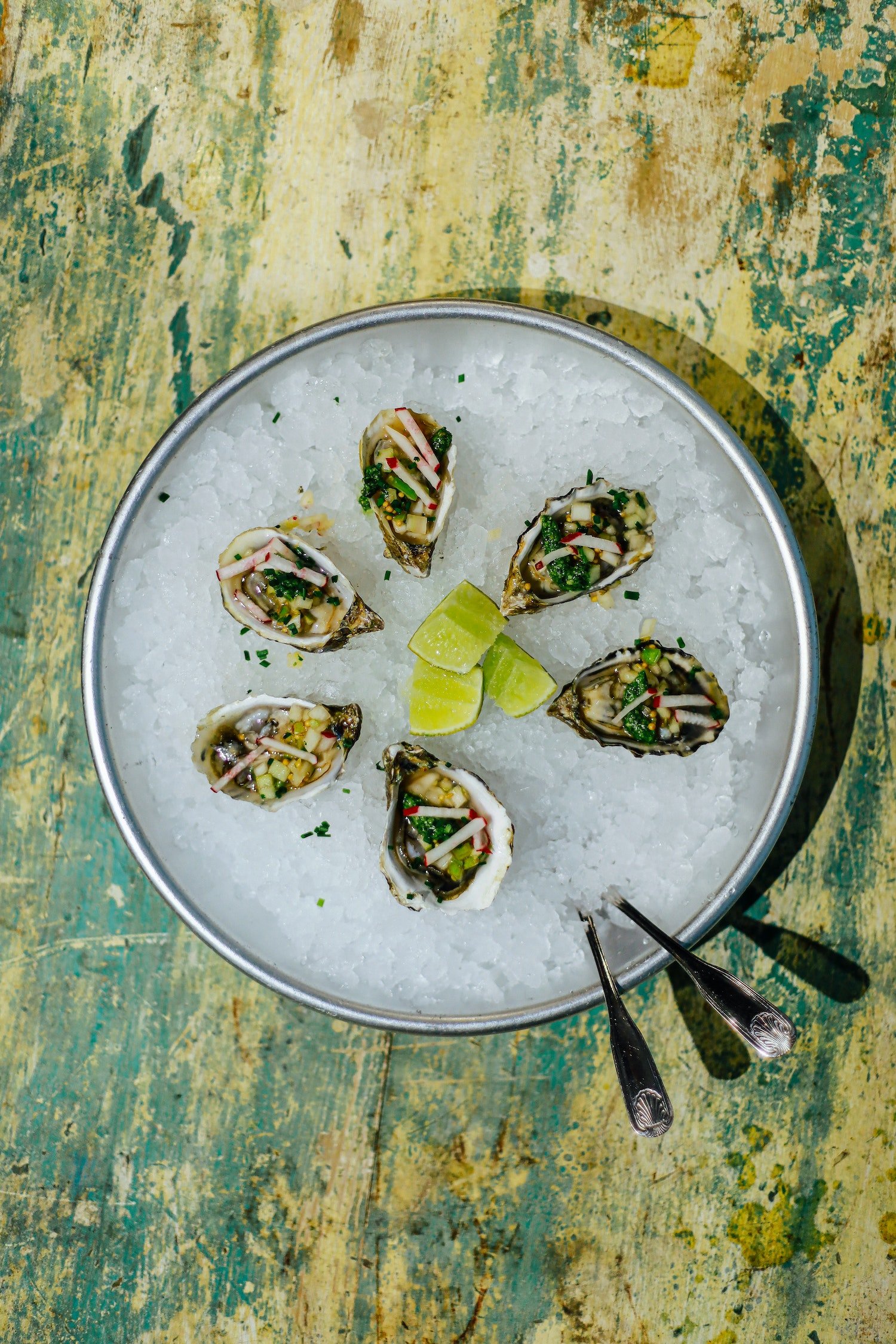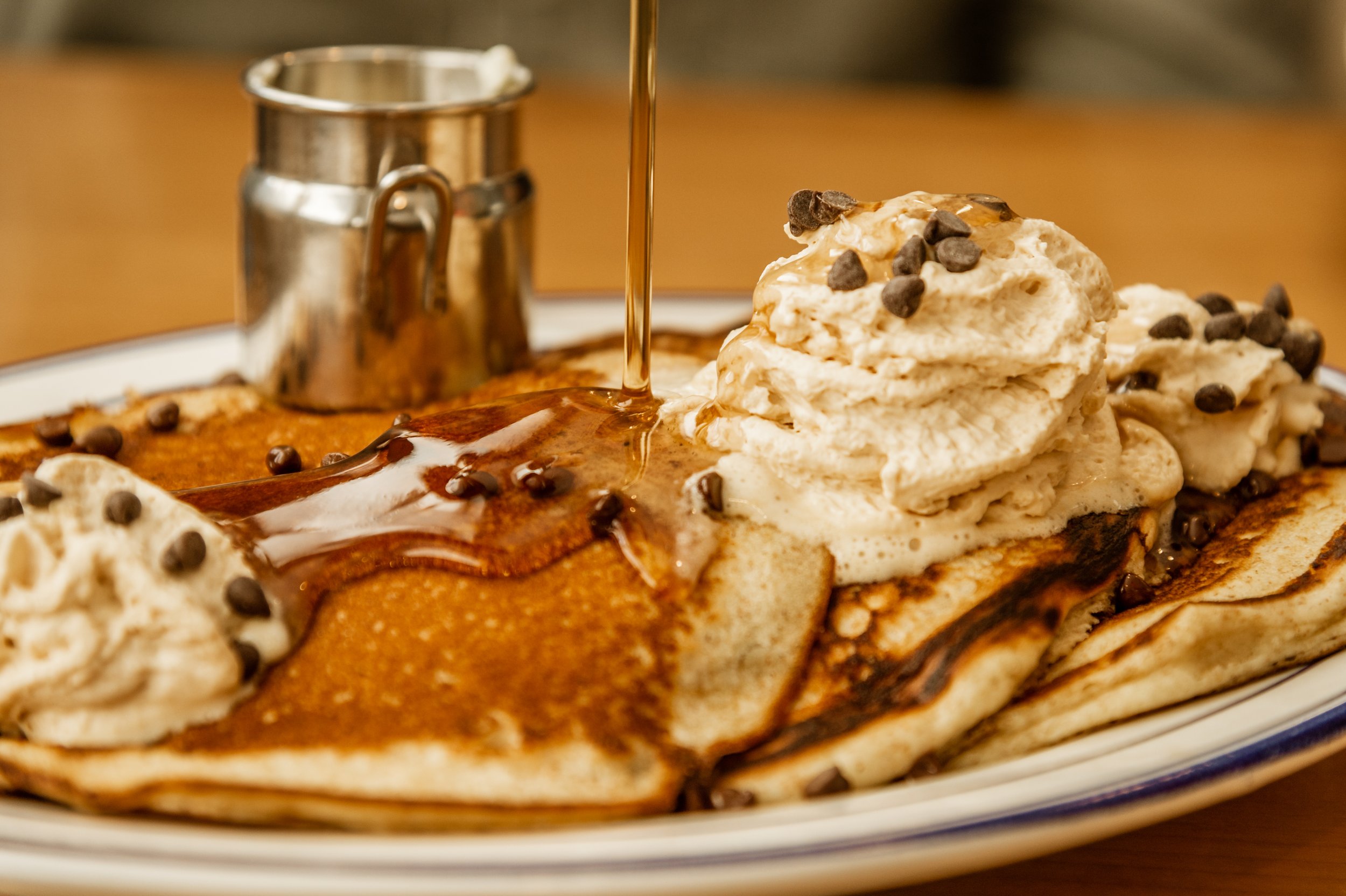Curly Dock Seed Flour
Curly Dock Seed Flour
BY DAVID OTTERSTROM
Fall can seem like a challenging time for foraging edible wild plants, but that does not have to be the case. There are still exciting foods to find. Curly dock is an overlooked wild edible that is abundant in fall and easy to harvest and use. Curly dock is related to buckwheat and brings a similar earthy flavor and texture to your recipes. While the plant has many uses, its seeds can be collected and made into a tasty gluten-free flour.
Curly dock’s scientific name is Rumex crispus, and as with all wild and foraged fare, make sure to always identify any plant correctly before using. You can find this plant growing throughout the region including along dirt alleyways and grassy meadows. It is a perennial that is one of the first fresh greens that pops up in spring. The plant forms a rosette of long and smooth lance-shaped leaves and later grows stems that are 1 to 5 feet tall with clusters of small greenish-brown flowers. By the time fall rolls around they stand out in the landscape by their reddish-brown seed clusters, standing tall on their vertical stems. Each seed is surrounded by a papery-winged husk. This is the time of year to collect them.
To collect the seeds, hold the stem with one hand and with the other hand strip the seeds off the stems into a bag. You can collect a few cups of this wild food within minutes. There’s no need to worry how much you collect because this non-native plant is prolific in the region. Separate and discard any remaining stems from the seed husks. Place the seeds on a baking tray and bake for 3 to 5 minutes at 350 F. Make sure not to toast them too long or they will get burnt, but this process will bring out more of the nutty flavor and aroma. Then use a coffee grinder to pulverize the seeds along with the surrounding papery husk into a fluffy flour. This chaff adds bulk and fiber to the flour.
This flour does not contain gluten so it does not rise and bring structure to baked goods. It has a dense texture when used in close to equal ratios with regular wheat flour or gluten-free flour. This makes it suitable to use in crackers, brownies, and pasta recipes. Dazzle your friends and family by adding a few tablespoons of dock seed flour to enhance flavor to your favorite pancake or waffle recipe. If you want to add it to breads and cakes, I recommend using a much smaller ratio of dock seed flour to regular wheat flour or gluten-free flour. Even in the smaller ratio it will bring a delightful nutty flavor to your baked goods. Enjoy!





























